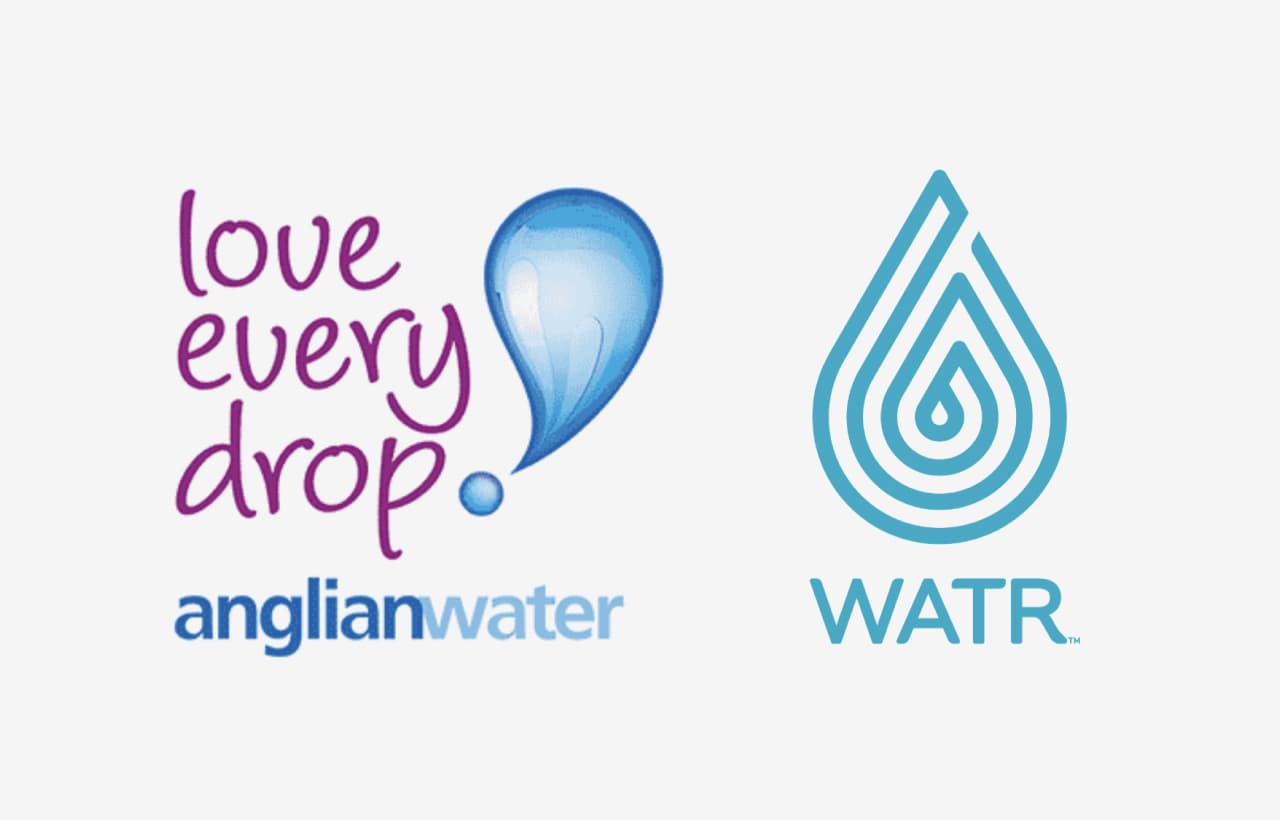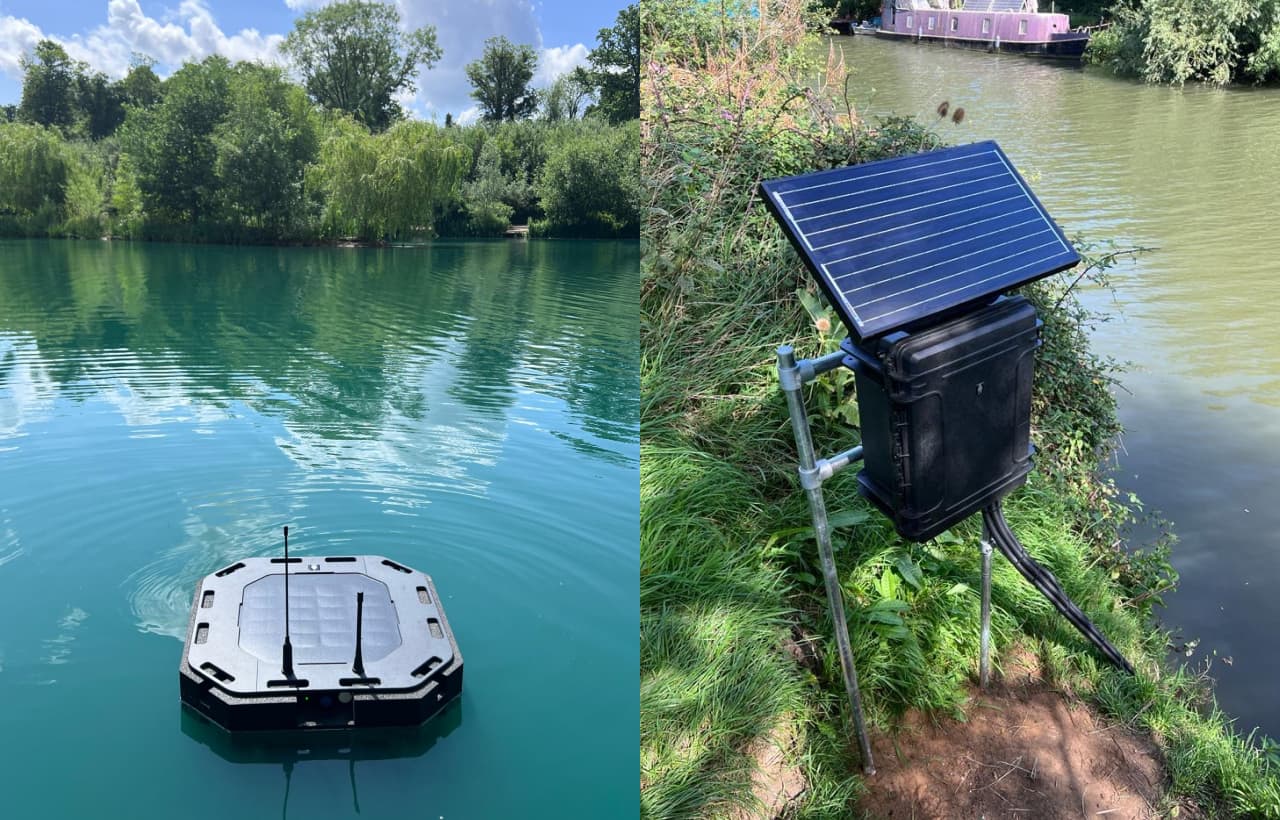Long-term WATR and Anglian Water Partnership continues to Pioneer Real-Time Catchment Monitoring for a Resilient Water Future
Anglian Water and WATR are using real-time, sensor-based monitoring to track and manage raw water quality in key UK catchments, helping protect reservoirs and adapt to climate-driven challenges.

In one of the driest regions of the UK, Anglian Water has been leading the charge in safeguarding water resources by collaborating with environmental technology solutions provider WATR to deploy real-time catchment monitoring systems upstream of vital reservoirs. The partnership is helping to transform how raw water quality is managed—through smart, sensor-driven insights that respond to a changing climate.
WATR’s cutting-edge Smart Water Quality Monitors, likened to a “smoke detector for rivers,” were first trialled in 2020/21 in the River Gipping catchment, which feeds into Alton Water Reservoir. The aim: to assess how catchment connectivity—how water flows from land to river—impacts raw water quality, especially during critical reservoir filling periods in autumn and winter.
With successful results from phase one, phase two (2022/23) expanded monitoring to Ardleigh Reservoir’s feeder rivers—the Colne and Northern and Western Salary Brooks. WATR’s solar-powered, non-invasive units provided continuous real-time data on turbidity (water clarity), a key indicator of sediment and contaminant movement during rainfall events. A technical breakthrough came with the addition of a self-cleaning wiper, enabling uninterrupted turbidity monitoring even in dynamic, sediment-laden flows.

“The value of this data cannot be overstated,” said Gary Hodgetts, Catchment Advisor at Anglian Water. “Being able to detect shifts in turbidity in near-real time gives us early warnings of increased catchment connectivity and potential risks to raw water quality—be it from soil, nutrients or even pesticides.”
In 2022, a year marked by extreme drought followed by intense rainfall, the data revealed a clear link between turbidity spikes and subsequent increases in nitrate and pesticide levels—particularly in the River Colne and River Gipping. These insights have subsequently allowed Anglian Water to highlight upstream changes, which combined with existing data and procedures enable more informed decisions about when to reduce or resume water abstraction, helping to both protect treatment works and optimise reservoir volumes.
WATR Co-founder Glyn Cotton added:
“Our mission has always been to make water quality visible, in real time. Working with Anglian Water to integrate turbidity data into wider weather and soil monitoring platforms shows how smart technology can actively support environmental stewardship and resource resilience.”
The data feeds into an online Catchment Connectivity platform—where threshold alerts help trigger internal assessments and responses. With each catchment presenting unique behaviours, the system supports a tailored, data-driven approach to managing raw water risks.
As climate volatility continues to shape water availability, Anglian Water’s work with WATR underscores the importance of ongoing innovation, collaboration, and real-time intelligence in building resilient catchments for the future.
Get in touch for more information about Catchment Connectivity Monitoring.
Get in touch
WATR has been designed to improve water quality around the world by providing an easy, accurate and a reliable way of monitoring water conditions, if you have any enquiries or questions please get in touch. Send us your specific requirements and we will get back to you as soon as possible.